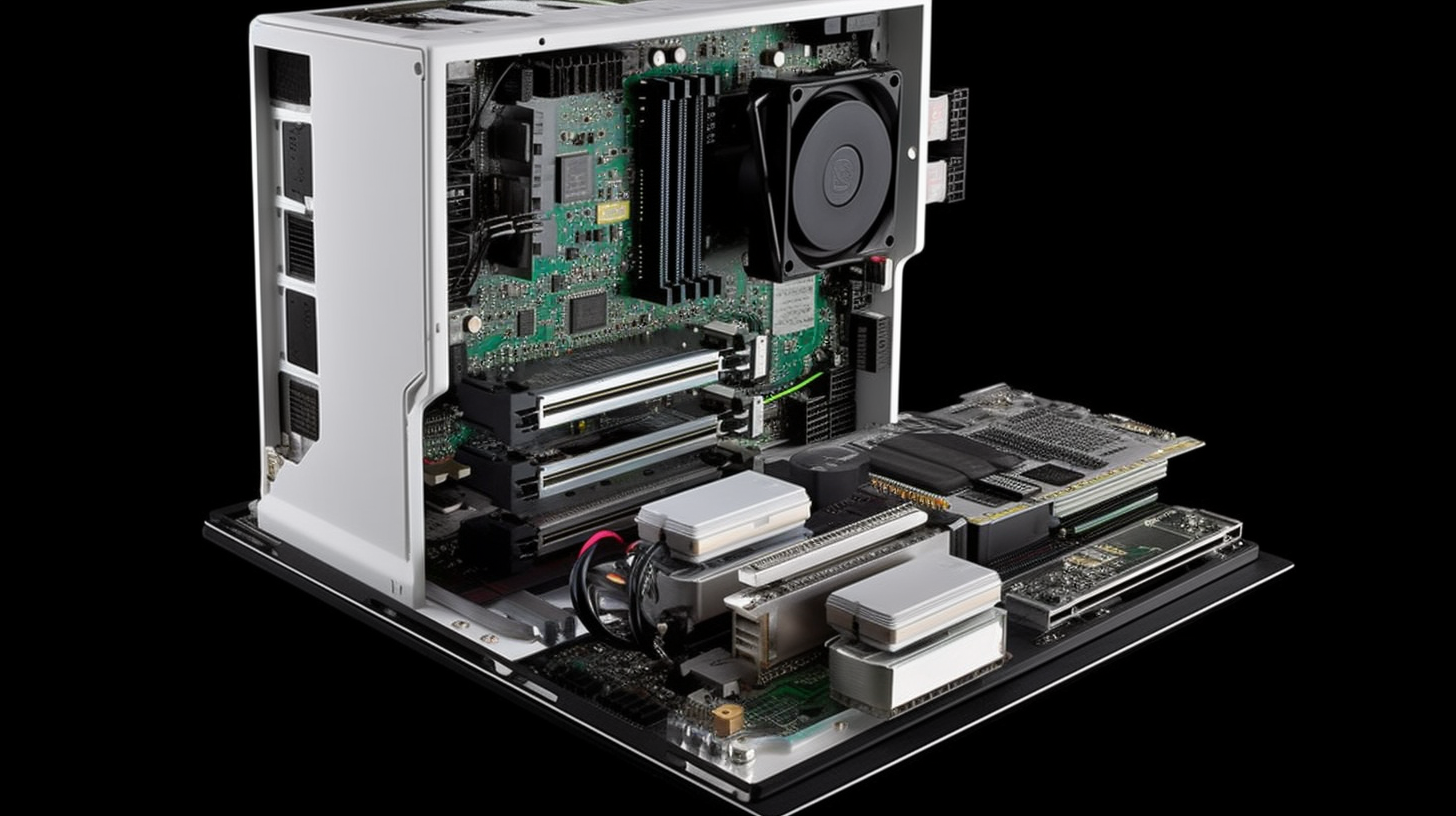The Chronicles of a Motherboard, CPU, and Add-on Cards Installation: A Hustle Yet a Hoot!

Imagine this: You're diving headfirst into a technological beast, your tools and knowledge as your only allies. The challenge? You are installing and configuring a motherboard, CPU, and add-on cards. Keep in mind, this important scenario plays a crucial role in the CompTIA A+ Core 1 (220-1101) exam, and it's certainly not a stroll in the park!
Yet, fret not! We're going to tackle this intimidating task, bit by byte, and make everything — from setting up the motherboard to powering up your assembled masterpiece — feel as easy as child's play. You'll soon discover that there's as little reason to be scared as there is for a long-tailed cat to fear a room full of stationary rocking chairs.
The Mother of All Boards.
First things first — the motherboard. This big player is your PC's backbone; it's as important to the computer as a stage is to a play, everything else dancing around it. You might view the installation of this critical component as a Herculean task, but relax - all you need to move are a few screws and cables, not mountains.
Kick off by slipping your motherboard into the computer case, ensuring its holes align with the case's pre-drilled ones. Continue by carefully fastening it in place, treating it with the same care as you would a delicate porcelain vase. Remember, a motherboard is fragile and pressure is its sworn enemy!
The Heart and Soul — The CPU.
Next up on your jaunt down tech-lane is the CPU; the brain of your computer operation. Installing this is like carrying out a delicate surgery, where rushing is a cardinal sin. Carefully unlatch the CPU socket on the motherboard, place your CPU in the socket aligning the notches, and gently lower the lever to lock it into place. Voila! You have just successfully installed your CPU. Break into your happy dance, but not for too long, as we still have roads to travel!
The Flashy Performers — Add-on Cards.
Last but in no way least, we delve into the exciting world of add-on cards. These hotshots can boost your computer's performance to the nth degree, making it run as if it's on fire, without actually catching fire, of course!
Easing these cards into their slots on the motherboard is as simple as pie, but don't take it lightly. Approach it like a maestro sweeping into the crescendo of his symphony. There's everything to play for here! Whether it's a graphics card, a sound card, or a network card — the stakes are high, and the rewards even higher!
The Moment of Truth — A Testimonial to Your Prowess.
Uh oh! Here comes the funny part. Let's be real, we all morph into regular Sherlock Holmes, complete with the steely nerves, magnifying glass, and the unnerving habit of constantly connecting invisible dots the minute we boot our system.
And as you power it up, remember this: it might boot. It might not. You might even hear a symphony of error beeps- that's your computer's quirky way of saying, "Houston, we have a problem!" But who cares, right? As long as there isn't any smoke, we are still good!
Here's my advice: strap in, keep a fire extinguisher handy, and don't forget to breathe! Whether your computer springs to life or remains eerily silent, you'll feel your pulse quicken, your palms dampen, and you'll understand why even tech aficionados require nerves of steel!
Phew! There you go, folks! Don't consider the installation and configuration of motherboards, CPUs, and add-on cards as just another bullet point on the CompTIA A+ Core 1 (220-1101) exam. Nope, it's so much more — a electrifying, high-speed adventure brimming with both grand victories and valuable lessons!
Remember, each failure is a stepping-stone making your learning curve more enlightening - the light at the end of the tunnel a screen illuminating with the warm, welcoming glow of a successful boot-up. So put on your tech-warrior armor, and dive fearlessly into the captivating world of computer assembly. And remember, as we techies like to say, "Keep calm and reboot!".